Gremlin infodumps about its hyper fixations for a school project
Don't wanna be here? Send us removal request.
Text






(PART 2/2) Flower language: Purple hyacinth can symbolize regret and sorrow. What the slide implicates in Fyolai context is up to your interpretation, the main point is that they will definitely not have a happy ending (I love how this is fluff but there are still sad undertones to it) I will post the slides without the text soon in case anyone wants to translate or edit (if you do Remember to credit me^^)
2K notes
·
View notes
Note
have you ever watched rupaul's drag race?
I have only watched a few clips but sadly not much more ):
0 notes
Note
the people want to learn the physics behind gojo pp!!!!!!!!!!
not today!
0 notes
Text
How Rainbows Form pt. 2
To add to a previous post, this one explains how rainbows appear to us as half-circles!
Ok, so other than the dispersion of light in raindrops, another factor in the occurrence of rainbows is seeing them. We do not see every individual rainbow formed from each droplet because we’re too far away to see them. Instead, we see different individual colors from different raindrops based on their height and angle from us.

A raindrop at a 42-degree angle from us relative to the sun would reflect red light to us and end up looking red. The other raindrops below it would look orange, yellow, green, blue, and indigo in the angles between 40 and 42 degrees. Violet would be below the other colors at a 40-degree angle from us and the sun.
This would also explain why we see rainbows as an arc or half-circle. According to Wikipedia, “A circle is a shape consisting of all points in a plane that are at a given distance from a given point, the center”.
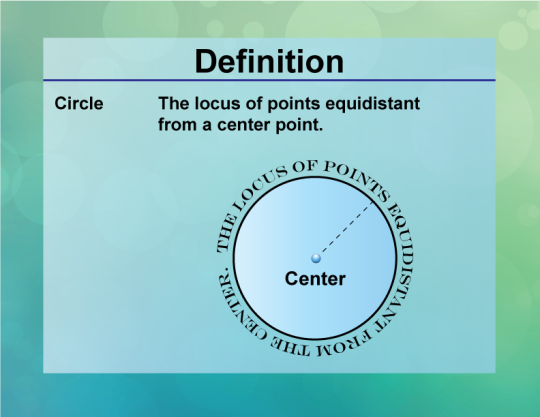
The sun shines light on many points at once from its direction. For an observer to be able to see colors from a rainbow, the dispersed light reflected from the sun would have to reach them from an angle. This means that all the other raindrops reflecting colors to the observer would also have to reach their eyes at 40-42 degree angles, which also leads to all the points (in this case, raindrops showing color) being at similar distances away from the observer.
To make this easier to understand, I tried to use a triangle ruler where the lines (base and hypotenuse) represented the path of the light from the sun to the observer’s eyes; the point of the triangle touching the ground would represent the observer.
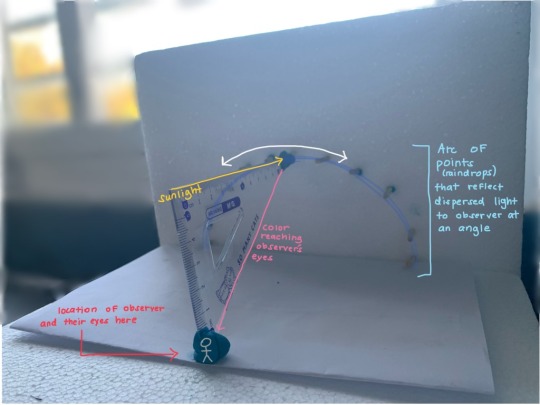
If the triangle was tilted so that the point on the bottom stayed in its place, it would go in the direction of an arc. If all the points on this arc were mapped out, it would form a half-circle or at least part of one.
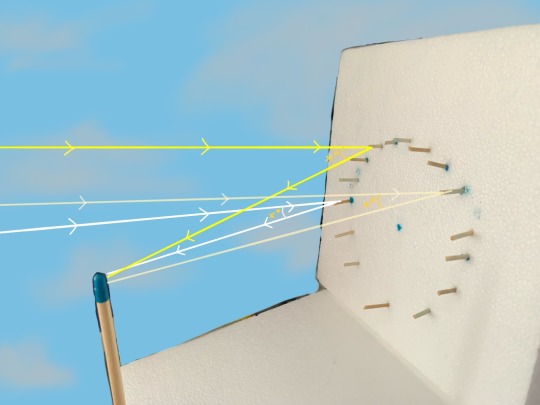
It would form a full circle if no ground or horizon were blocking the triangle ruler. This is the same for rainbows. Rainbows are full circles, but the lower half is usually blocked by the ground or horizon. This is also the reason why people on airplanes or in the sky can sometimes see rainbows as circles because the horizon does not block them.
Rainbows are also similar to mirages since they’re a result of the behavior of light, so unfortunately you can’t ride them or find any gold at the end. Additionally, the rainbow will move with you because only certain raindrops can form the rainbow you see depending on your position and location; Buttttt! this also means that everyone sees a different rainbow, which makes each rainbow as unique as the observers who look at one :) even though it may not look that way at first glance
I’m gonna stop writing about rainbows now but I hope this and the other post were good explanations for the formation of rainbows!
#physics#science#stem#information#info post#infodump#rainbow#rambles#raindrops#sunlight#hyperfixation#natural phenomena#sciencenature#scientific illustration#optics#light#nature#phenomenon#science diagram#diagram#drawing#bad drawing#reflection#refraction#ramblings#perspective#education#edited photos
7 notes
·
View notes
Text
In a vacuum, objects of different masses fall at the same rate. NASA's Space Power Facility, Ohio.
170 notes
·
View notes
Text
Langebaan Lagoon

Strands of green and brown mix in Langebaan Lagoon on the South African coast in this astronaut photograph. The shallow tidal estuary has a sandy floor and, since no river flows into it, the deeper green sections seen here are channels carved solely by the back-and-forth flow of the tides. (Image credit: NASA; via NASA Earth Observatory) Read the full article
126 notes
·
View notes
Text
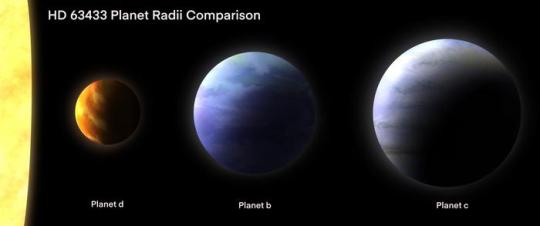
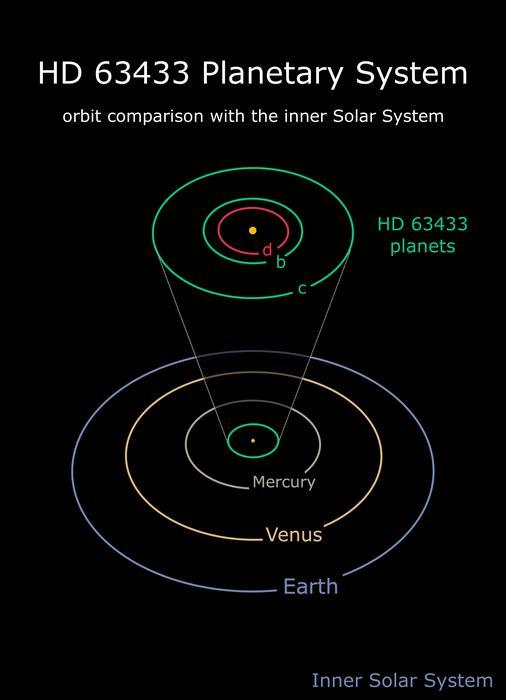
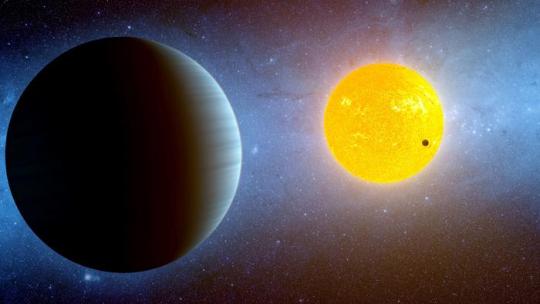
Young Earth-like planet with lava oceans spotted near the Big Dipper
Astronomers have discovered an extreme Earth-like planet that likely hosts lava oceans as it roasts next to its sun-like star near the Big Dipper constellation.
It is the nearest, young Earth-sized planet ever discovered and – although life could not survive on its superheated surface – the young planet could teach us about the evolution of planets similar to our own.
Ben Capistrant, a doctoral student in astronomy at the University of Florida, was part of the team that discovered the hot Earth and co-first author of the paper along with colleagues from the University of Wisconsin-Madison.
The lava planet whips around its young star every four days. In contrast, our solar system’s closest planet, Mercury, takes a leisurely 88 days to orbit the sun.
“So it’s really moving around there. At that distance we expect it to be tidally locked, like how the moon is locked to us with one side always facing the Earth. That means the heating is uneven, and we estimated that the daytime temperature is consistent with molten rock,” making it a “lava Earth,” Capistrant said.
The Earth-like planet was discovered in data from the Gaia and TESS telescopes, which look for changes in starlight as planets move in front of stars. The planet’s host star is fairly close, just 71 light-years away. The star’s proximity and relative brightness allowed astronomers to detect the subtle signal of the closely orbiting Earth-like planet.
At just about 500 million years old, the lava Earth is young by planetary standards. That youth will allow Capistrant and the team to study the planet for signs of atmospheric loss. How planets lose their initial atmospheres is little understood and has implications for the habitability of Earth-sized planets.
“We haven’t seen this process occur, and there isn’t a large sample of young rocky planets like these,” Capistraint said. “We don’t even know if these small planets have atmospheres.”
The Earth-like planet is the third discovered in the system. Two miniature Neptunes also orbit the star.
TOP IMAGE....The relative sizes of the three known planets in the HD 63433 system, with the young Earth-like planet with a lava surface closest to the star. The other two planets are mini-Neptunes. Credit Ben Capistrant
CENTRE IMAGE....A comparison of the orbits of the HD 63433 planetary system compared to our own solar system. Credit Ben Capistrant
LOWER IMAGE....An artist's rendering of Kepler-10 b, which, like newly discoered exoplanet HD 63433 d is a small, rocky planet in a tight orbit of its star. Credit NASA/Ames/JPL-Caltech/T. Pyle
193 notes
·
View notes
Text
Vortex Below

When a drop of ethanol lands on a pool of water, surface tension forces draw it into a fast-spreading film. Evenly-spaced plumes form at the edges of the film, then the film stops spreading and instead retracts. All of this takes place in about 0.6 seconds. (Image and research credit: A. Pant and B. Puthenveettil) Read the full article
136 notes
·
View notes
Text
How Rainbows Form
So for the past few years, I’ve been disappointed with the lack of occurrence of rainbows in my area. Maybe it’s because the weather has been more extreme lately, resulting in more storms and heat waves here in the tropics than in previous years. (Perhaps it is my fault for going outside less, but I have my reasons)
So anyway, I decided to do some research on the formation of rainbows and it turns out that there are a lot of processes and science behind rainbows forming. So how are rainbows formed:
Conditions for Rainbows to Form
There are a few conditions that need to be met before rainbows can be seen:
The sun needs to be lower in the sky (which is in the early morning or late afternoon) and behind the observer
The source of water droplets (in this case, rain) should be in front of the viewer; the rainbow will show up there, opposite to the direction of the sun
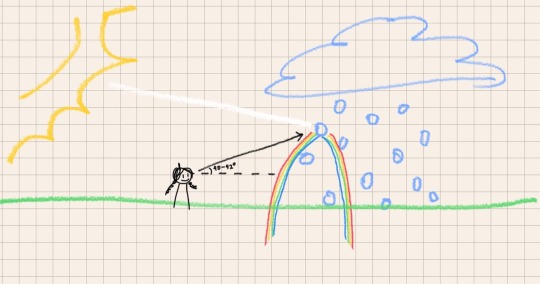
Note that the shape of raindrops falling in the air is more circular than tear-shaped (my drawing isn’t good at showing this so sorry). For a small raindrop in space, the surface tension of water vs its internal pressure pushing outwards on all sides makes the water droplets spherical.
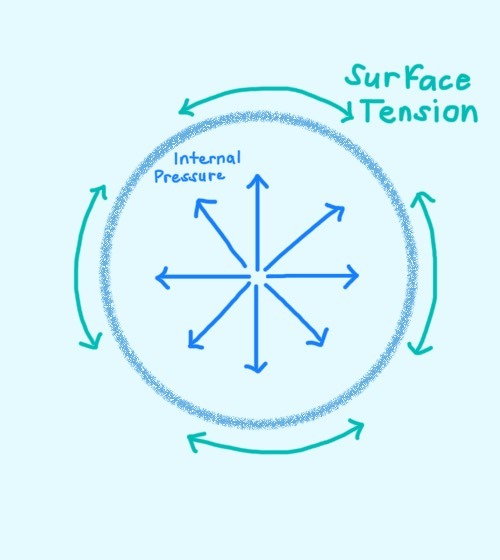
Air resistance drags less on falling raindrops than on solid surfaces, so in the air, we don’t get as much of a tail on the water droplets as we would normally get from water droplets on windows. It will go against them as they fall in the air, which can cause an elliptical/curved dome shape for bigger droplets, but it’s usually not enough to cause the popular teardrop shape.
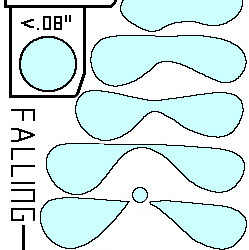
source: https://gpm.nasa.gov/education/articles/shape-of-a-raindrop
How rainbows are formed
Rainbows are formed from reflection and refraction occurring in many water droplets at once. This process starts when white light from the sun enters the raindrops. When waves reach the boundary between two media, some or all of the waves get reflected

However, in our case, the water droplet is not as rigid as mirrors or metal so only some of the light gets reflected.
For the explanations below, I have drawn a model of a raindrop to help show the process of refraction and reflection in water droplets:

A) The rest of the light enters the water and refracts. White light is made of all colors in the color spectrum. All the different frequencies of white light, the colors, travel at different speeds in transparent materials like prisms (or in this case, the raindrop). So the colors refract differently and bend at different angles, with red bending the least and violet bending the most. This is how the white light gets dispersed into a rainbow
B) The now dispersed light hits the other end of the raindrop, and reflects again, flipping the rainbow and diffracting the light even more. (Some of the light exits and never returns of course)
C) The light leaves the water droplet as a spectrum of colors! It was dispersed even more since it experienced refraction and diffraction again from going through the boundary between water and air.
In the poorly made drawing, the angle between the sunlight and the exiting colors is 40-42 degrees, with red exiting at a 42-degree angle while violet exits at 40 degrees. These angles are the maximum exit angles for these colors, meaning the angle for red can’t go past 42, the angle for violet can’t go past 40 degrees, etc.). These angles also allow for the most intensity that the light can emit here.

#physics#science#scientific illustration#waves#stem#my drawings were painstakingly made in ibis paint btw#rambles#rainbow#water drops#raindrops#water#weather#pressure#light#optics#sciencenature#nature#hand drawn#drawing#bad drawing#infodump#ramblings#random#raving#sunrise#natural phenomena#phenomenon#sunset#information#sunshine
6 notes
·
View notes
Text
The long wavelengths of the light spectrum—red, yellow, and orange—can penetrate to approximately 15, 30, and 50 meters (49, 98, and 164 feet), respectively, while the short wavelengths of the light spectrum—violet, blue and green—can penetrate further, to the lower limits of the euphotic zone. Blue penetrates the deepest, which is why deep, clear ocean water and some tropical water appear to be blue most of the time. Moreover, clearer waters have fewer particles to affect the transmission of light, and scattering by the water itself controls color. Water in shallow coastal areas tends to contain a greater amount of particles that scatter or absorb light wavelengths differently, which is why sea water close to shore may appear more green or brown in color.
Follow @scienceisdope for more science and daily facts.
Video credit: Kendall Roberg
48K notes
·
View notes
Text
Space is a near-perfect vacuum, but it’s not entirely empty. A small list of matter include :
a few hydrogen atoms here and there (less than one hydrogen atom per cubic meter)
Dark Matter — an enigma that was recently discovered in the 20th century. It doesn’t interact with the normal matter that we’re used to (eg. solid, gas, liquid). We can’t see it since it doesn't interact with light or any electromagnetic radiation. However, it does exist and makes up about 27% of the universe.
Neutrinos — neutral subatomic particles with little mass and no electric charge. They’re from atoms that come together (nuclear fusion) or break apart (nuclear fission)
Electromagnetic radiation and magnetic fields
There are other things that exist in outer space but they’re usually not normal matter and don’t make space very dense at all. It’s okay because space is never truly empty but it can still be very close to empty, making it a far better vacuum than the best ones we can make on earth.
This is not an issue for electromagnetic waves (like light and radio waves) that can travel through space unhindered because they don’t need any medium to propagate.
Sound waves are different since they're mechanical waves, which is just vibrating matter. Hence, they need a medium to travel through to be heard. In space there is no air or medium for sound waves to travel through. This means that no one can hear you scream in space :)
#physics#astronomy#outer space#science#space#stem#galaxy#universe#astronauts have speakers in their suits that convert sound into radio waves so they’re good#existential thoughts#thoughts#ramblings#rambles#density#cosmos#space exploration#matter#dark matter#neutrino#waves#soundwave#electromagnetism#electromagnetic fields
34 notes
·
View notes